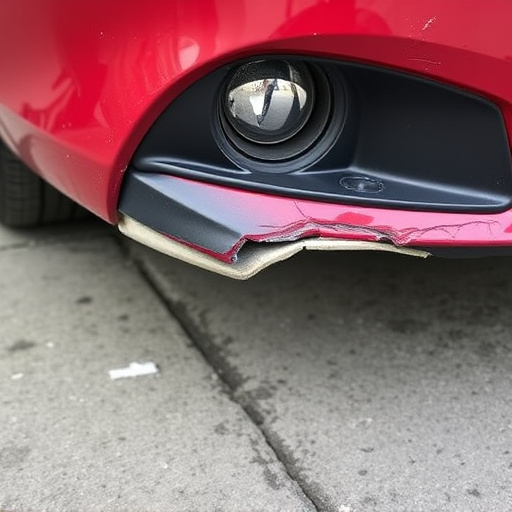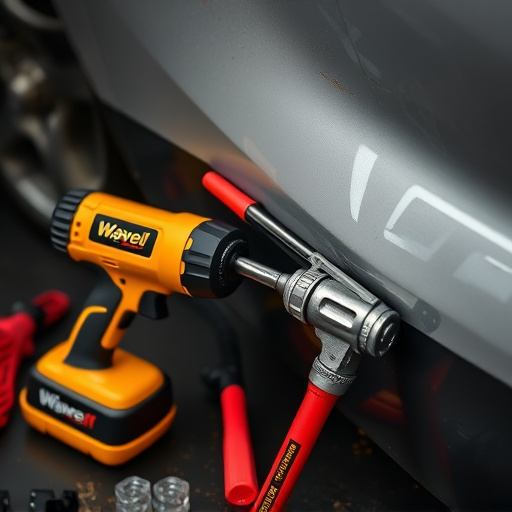Claim filing assistance systems digitize and streamline vehicle repair claims, benefiting both customers and auto repair shops. Online portals enable clients to initiate claims remotely, simplifying processes with digital forms and image uploads. These tools enhance efficiency, reduce errors, and speed up settlement, especially for complex vehicles. Analytics predict costs, combat fraud, and improve decision-making. While implementation costs and data security concerns exist, adoption offers faster turnarounds, cost savings, and improved customer retention.
In today’s competitive landscape, body shops are increasingly integrating advanced claim filing assistance systems to streamline operations and enhance customer satisfaction. This article delves into the intricacies of these systems, exploring how they simplify the complex claims process. We’ll examine the role of technology in facilitating seamless claim filing assistance, discuss the benefits and challenges of automated claim handling, and provide insights for body shops looking to optimize their operations through innovative solutions.
- Understanding Claim Filing Assistance Systems
- Integrating Technology for Seamless Claims Process
- Benefits and Challenges of Automated Claim Handling
Understanding Claim Filing Assistance Systems

Claim filing assistance systems are designed to streamline the process for both customers and car repair shops, making it easier to manage and resolve vehicle repair claims efficiently. These systems act as a centralized hub, digitizing and organizing all relevant information related to insurance claims for cars that have been involved in accidents or require maintenance. By integrating such technology, collision repair centers and even independent body shops can significantly enhance their operational efficiency.
These digital solutions enable car repair shop staff to quickly access and input data into the system, including details about the accident, damage assessment reports, and estimates for both parts replacement and labor costs. This standardized approach ensures consistency in claim documentation, reducing errors and potential disputes. Moreover, it facilitates seamless communication between insurance providers, customers, and repair shops, accelerating the claims settlement process, which is of utmost importance for businesses aiming to maintain customer satisfaction levels in the competitive automotive service industry.
Integrating Technology for Seamless Claims Process

In today’s digital era, body shops are leveraging technology to streamline and enhance the claims process for their clients. Integrating advanced claim filing assistance systems has become a game-changer in the automotive repair industry. These digital platforms offer a seamless experience by enabling customers to file claims efficiently from the comfort of their homes. With just a few clicks, individuals can upload necessary documents, report damages, and track the progress of their repairs, making it an accessible and user-friendly process.
For instance, many body shops are now offering online portals where clients can initiate the claim filing process. These platforms accept digital images of vehicle damage, simplify insurance forms, and provide real-time updates on estimated repair times. This technology not only facilitates faster claims settlement but also ensures better organization for workshops, especially when dealing with complex luxury vehicle repairs or specialized car paint services like those offered in Mercedes-Benz dealerships.
Benefits and Challenges of Automated Claim Handling

The integration of automated claim handling systems into body shops offers numerous benefits, revolutionizing the traditional process of claim filing assistance. These digital solutions streamline operations by enabling efficient data capture and management, reducing manual errors, and expediting the entire claims process. With automated systems, customers can easily upload documents, track their claims’ progress in real-time, and receive updates from the comfort of their homes, enhancing overall convenience and satisfaction. Moreover, these platforms often incorporate advanced analytics to predict repair costs, reduce fraud, and improve decision-making for both customers and auto body shops.
However, challenges exist when adopting automated claim handling technologies. Data security and privacy concerns are paramount, as sensitive customer information must be protected from cyber threats. Additionally, initial implementation costs and the need for staff training can pose hurdles, especially for smaller car repair shops. Despite these challenges, many automotive body shops are embracing digital transformation, recognizing that automated claim handling systems contribute to faster turnaround times, reduced operational costs, and improved customer retention—all essential factors in thriving car repair services.
Body shops are increasingly leveraging claim filing assistance systems to streamline their operations and improve customer satisfaction. By integrating technology, these businesses can automate repetitive tasks, enhance data accuracy, and significantly reduce processing times. While there are benefits such as cost savings and increased efficiency, challenges like data security concerns and the need for adequate training must be addressed. Ultimately, understanding and implementing claim filing assistance systems offer a compelling path forward for body shops to navigate the complexities of modern claims management.














